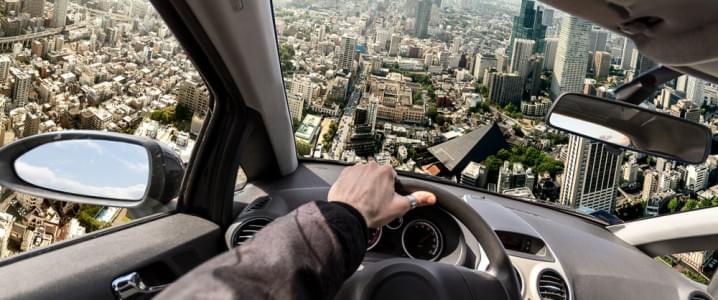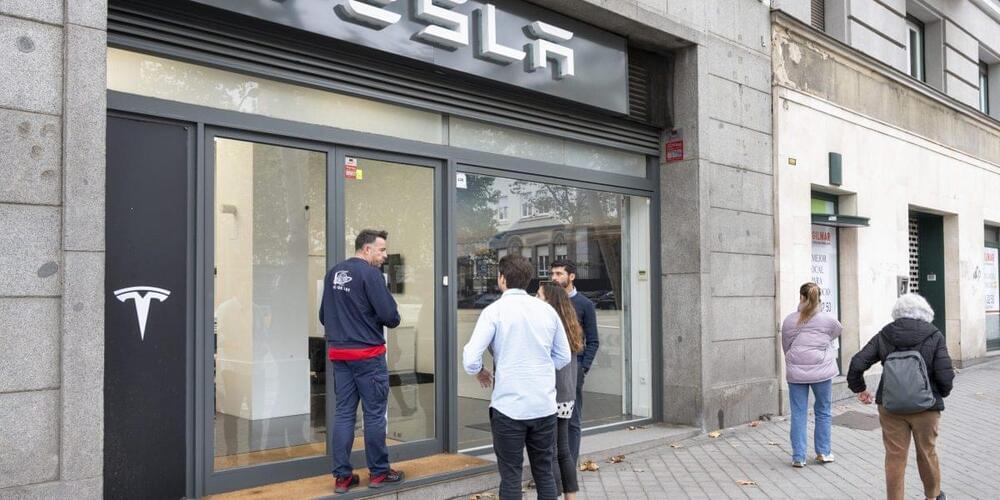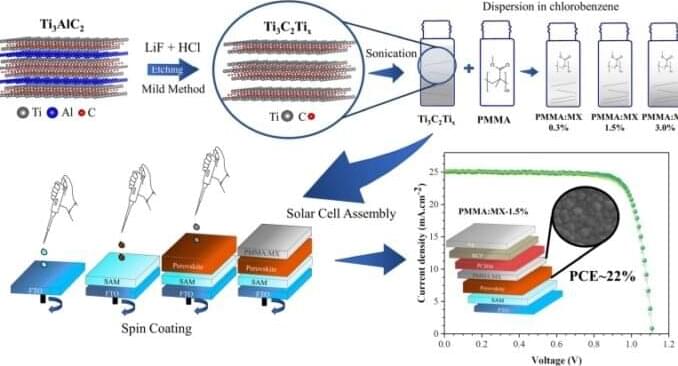Lotus has revealed a rival to the Tesla Model S Plaid and Porsche Taycan Turbo S.



A novel architecture for optical neural networks utilizes wavefront shaping to precisely manipulate the travel of ultrashort pulses through multimode fibers, enabling nonlinear optical computation.
Present-day artificial intelligence systems rely on billions of adjustable parameters to accomplish complex objectives. Yet, the vast quantity of these parameters incurs significant expenses. The training and implementation of such extensive models demand considerable memory and processing power, available only in enormous data center facilities, consuming energy on par with the electrical demands of medium-sized cities. In response, researchers are currently reevaluating both the computing infrastructure and the machine learning algorithms to ensure the sustainable advancement of artificial intelligence continues at its current rate.
Optical implementation of neural network architectures is a promising avenue because of the low-power implementation of the connections between the units. New research reported in Advanced Photonics combines light propagation inside multimode fibers with a small number of digitally programmable parameters and achieves the same performance on image classification tasks with fully digital systems with more than 100 times more programmable parameters.

Amid underwater mountains off the coast of Chile, scientists believe they’ve discovered 100 or so new species with the aid of a robot capable of diving more than 14,000 feet. Researchers say it demonstrates how the Chilean government’s ocean protections are bolstering biodiversity and providing a model for other countries. John Yang reports.
Notice: Transcripts are machine and human generated and lightly edited for accuracy. They may contain errors.

Pre-orders for a “flying car” have soared in recent months leading industry experts to question how close we are to small passenger vehicle flight. Alef Aeronautics, a company backed by Space-X, specialising in the production of flying cars, has achieved 2,850 pre-orders for its electric vertical take-off and landing (eVTOL) vehicle. The firm is backed by Tesla investor and venture capitalist Tim Draper, which has helped draw attention. Based in San Mateo, California, Alef Aeronautics is allowing customers to pre-order its two-seater flying car, the Alef Model A, online with a $150 deposit. Customers are allowed to withdraw the deposit at any time to cancel the pre-order.
The car is expected to be priced at around $300,000 when it becomes commercially available, which gives the company an order value of over $850 million to date. Jim Dukhovny, Alef’s CEO, stated: “As of today we have a little bit more than 2,850 pre-orders with deposits down, which makes it the bestselling aircraft in history, more than Boeing, Airbus, Joby Aviation and most of the eVTOLs combined.”

Ayvens, the biggest multi-brand leasing firm, already has received checks in recent weeks to make up for slumping prices, according to Chief Executive Officer Tim Albertsen. Leasing companies are demanding concessions from EV makers, including agreements that manufacturers will buy back vehicles, to protect against further erosion in the $1.2 trillion second-hand car market.
Prices for used EVs plummeted last year as weakening demand for new battery-powered cars prompted Tesla to slash sticker prices, forcing others to follow suit. The moves are reverberating through leasing firms, such as Europe-focused Societe Generale SA’s Ayvens and BNP Paribas SA’s Arval, which serve as middlemen in the corporate car market that accounts for roughly 60% of sales in the region.
“Manufacturers today need to keep selling EVs,” Albertsen said during the company’s earnings call this month. “We then need some kind of protection from the manufacturers in terms of their future pricing.”

In an article published in the Journal of Materials Chemistry C, Brazilian researchers describe a strategy to enhance the efficiency and stability of solar cells made of perovskite, a semiconductor material produced in the laboratory. The results of the project could be highly positive for the future of the solar power sector.
Developed by researchers at São Paulo State University (UNESP) in Bauru, Brazil, the method involves the use of a class of materials known as MXenes, a family of two-dimensional materials with a graphene-like structure combining transition metals, carbon and/or nitrogen, and surface functional groups such as fluoride, oxygen or hydroxyl. Their properties include high electrical conductivity, good thermal stability, and high transmittance (relating to the amount of light that passes through a substance without being reflected or absorbed).
In the study, the MXene Ti3C2Tx was added to polymethyl methacrylate (PMMA) to form a passivation coating, which was spin-coated on top of the perovskite layer of inverted solar cells. Passivation coatings are designed to mitigate possible defects in polycrystalline solids (perovskite in this case) due to interaction with the environment or to their internal structure.

Scientists at the National University of Singapore (NUS) have created a microporous covalent organic framework with dense donor–acceptor lattices and engineered linkages for the efficient and clean production of hydrogen peroxide (H2O2) through the photosynthesis process with water and air.
Traditional industrial production of H2O2 via the anthraquinone process using hydrogen and oxygen, is highly energy-intensive. This approach employs toxic solvents and expensive noble-metal catalysts, and generates substantial waste from side reactions.

Using cellulose from trees and a synthetic polymer, MIT researchers have created a material that “is stronger and tougher than some types of bone, and harder than typical aluminum alloys,” the university announced.
The researchers hope their compound could lead to better, more sustainable plastics in the future. Currently, the material shrinks while drying, making printing anything large out of it difficult.
“If you could avoid shrinkage, you could keep scaling up, maybe to the meter scale,” said MIT’s Abhinav Rao. “Then, if we were to dream big, we could replace a significant fraction of plastics with cellulose composites.”

Catalysts unlock pathways for chemical reactions to unfold at faster and more efficient rates, and the development of new catalytic technologies is a critical part of the green energy transition.
The Rice University lab of nanotechnology pioneer Naomi Halas has uncovered a transformative approach to harnessing the catalytic power of aluminum nanoparticles by annealing them in various gas atmospheres at high temperatures.
According to a study published in the Proceedings of the National Academy of Sciences, Rice researchers and collaborators showed that changing the structure of the oxide layer that coats the particles modifies their catalytic properties, making them a versatile tool that can be tailored to suit the needs of different contexts of use from the production of sustainable fuels to water-based reactions.
